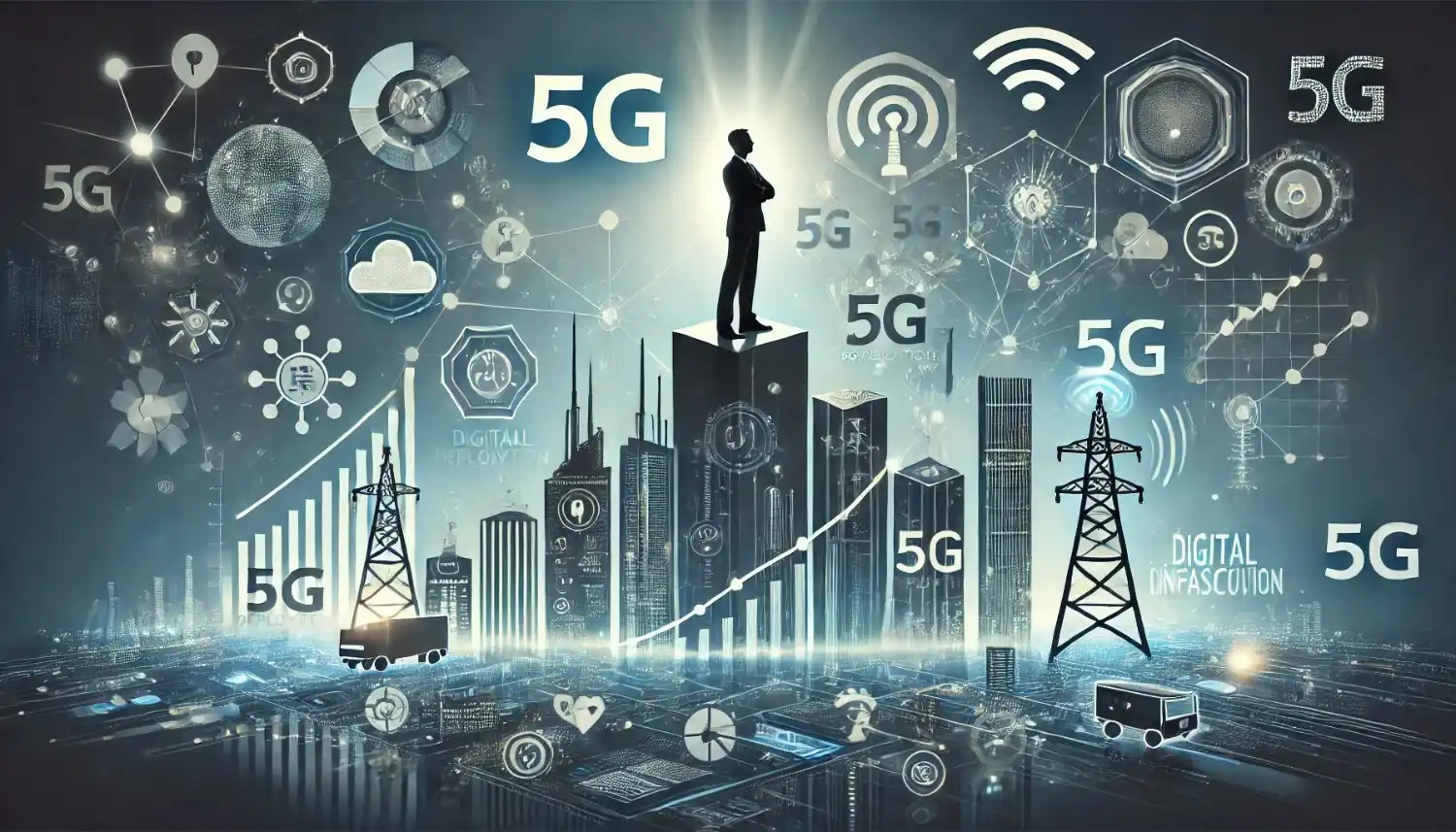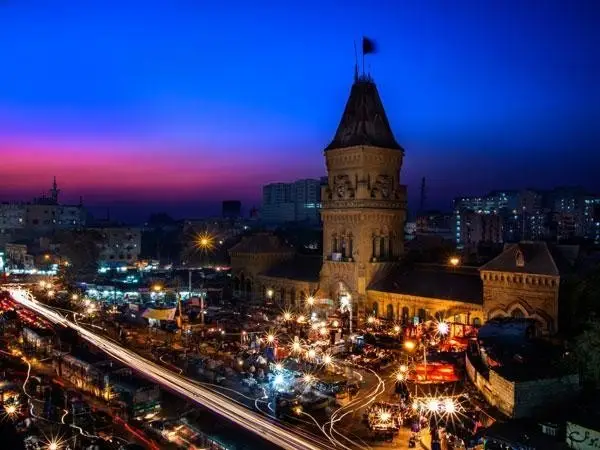Bangladesh is embarking on the rollout of 5G technology, a move that promises significant improvements in speed, connectivity, and digital innovation. However, the country faces numerous obstacles in its efforts to achieve widespread 5G coverage, including infrastructure limitations, customer preparedness, and delays in spectrum allocation. This article delves into these challenges, analyzes the potential consequences for the country’s digital future, and compares Bangladesh’s progress to its neighbor, India.
With a population of over 190 million mobile users and 127 million internet subscribers as of 2024, Bangladesh holds significant digital potential. Despite these promising figures, the country faces hurdles in adopting cutting-edge technologies like 5G. While smartphone adoption is expected to rise to 63% by 2025 from 47% in 2024, only 3.4% of mobile shipments currently consist of 5G-enabled handsets, signaling that consumers are not yet fully prepared for the new technology.
At present, 55% of mobile customers in Bangladesh are using 4G services, indicating that the deployment of 4G networks has been slow. Although this marks an improvement over the 37% in 2020, it highlights the country’s gradual pace of technological advancement. In contrast, Bangladesh is expected to have only 6% 5G coverage by 2025, which lags behind the rapid developments in neighboring countries.
One of the primary hurdles to 5G deployment in Bangladesh is the delay in spectrum allocation. The Bangladesh Telecommunication Regulatory Commission (BTRC) has identified specific frequency bands for 5G, but delays in providing guidelines and licenses have slowed down the process. While the March 2022 spectrum auction marked progress, regulatory challenges continue to hinder the commercial rollout of 5G services.
The digital ecosystem in Bangladesh is also at risk due to these delays. Telecom operators are unable to invest in the necessary infrastructure for 5G deployment without access to the required spectrum. Furthermore, the lack of clear regulatory norms leaves stakeholders uncertain and slows down progress.
The country’s existing telecommunications infrastructure, especially in rural areas, is another major challenge. While cities support 4G services, service quality remains inconsistent, making it difficult to meet the high-speed, low-latency demands of 5G technology. Rural connectivity is particularly challenging, with inadequate infrastructure preventing even basic mobile services in many areas. This digital gap hampers economic growth and restricts the opportunity for equitable digital transformation.
Customer readiness is also a key issue. Currently, only 3-4% of Bangladesh’s mobile subscribers own 5G-compatible devices, pointing to a wider issue of accessibility and affordability. Many people cannot afford the high prices of 5G-compatible devices and data plans, making the technology out of reach for a significant portion of the population. Additionally, there is a lack of awareness about the benefits of 5G, with applications such as virtual reality (VR), augmented reality (AR), and the Internet of Things (IoT) still largely untapped.
India offers a valuable comparison in understanding the prospects and challenges of 5G deployment. With over 1 billion mobile users and an 84% smartphone penetration rate by 2025, India’s digital ecosystem is significantly more advanced. The country has made rapid progress in deploying 5G services since late 2021, thanks to prompt spectrum allotment, clear regulations, and strong infrastructure development, particularly in rural areas.
India’s success is a result of several factors, including the government’s swift spectrum allocation, favorable regulatory conditions, and a ready market for 5G services due to high smartphone penetration. The growth of digital infrastructure, particularly in rural regions, has been supported by public-private partnerships.
Bangladesh can learn from India’s achievements in overcoming the challenges of 5G deployment. Prioritizing regulatory changes, fostering public-private collaboration, and investing in consumer education will be crucial steps toward ensuring successful 5G adoption.
The rollout of 5G technology in Bangladesh has the potential to transform various sectors, including telemedicine, e-commerce, smart cities, and advanced manufacturing. However, overcoming infrastructure constraints, customer preparedness, and spectrum allocation delays is essential to unlocking these benefits.
To ensure inclusive growth, Bangladesh must prioritize the development of digital infrastructure in rural areas. Public-private partnerships will be vital in bridging the digital divide and extending 5G technology to underserved regions.
Accelerating 5G deployment requires timely spectrum allocation and clear regulatory standards. Policymakers must engage with stakeholders to remove barriers and create an environment conducive to investment in 5G networks.
Increased consumer awareness and affordability of 5G-compatible devices and data plans are also crucial for accelerating adoption. Subsidies, along with awareness campaigns, can help overcome these obstacles.
Lastly, promoting collaboration between the public sector, private sector, and academic institutions will be essential for maximizing the potential of 5G. Tailored solutions that address Bangladesh’s unique needs can drive 5G adoption and fuel economic growth.
Bangladesh stands at a crossroads in its digital transformation journey. While there are significant challenges ahead in deploying 5G, they are not insurmountable. By learning from regional successes and implementing a holistic approach to 5G, Bangladesh can realize the full potential of this game-changing technology and pave the way for a brighter, more connected future.















